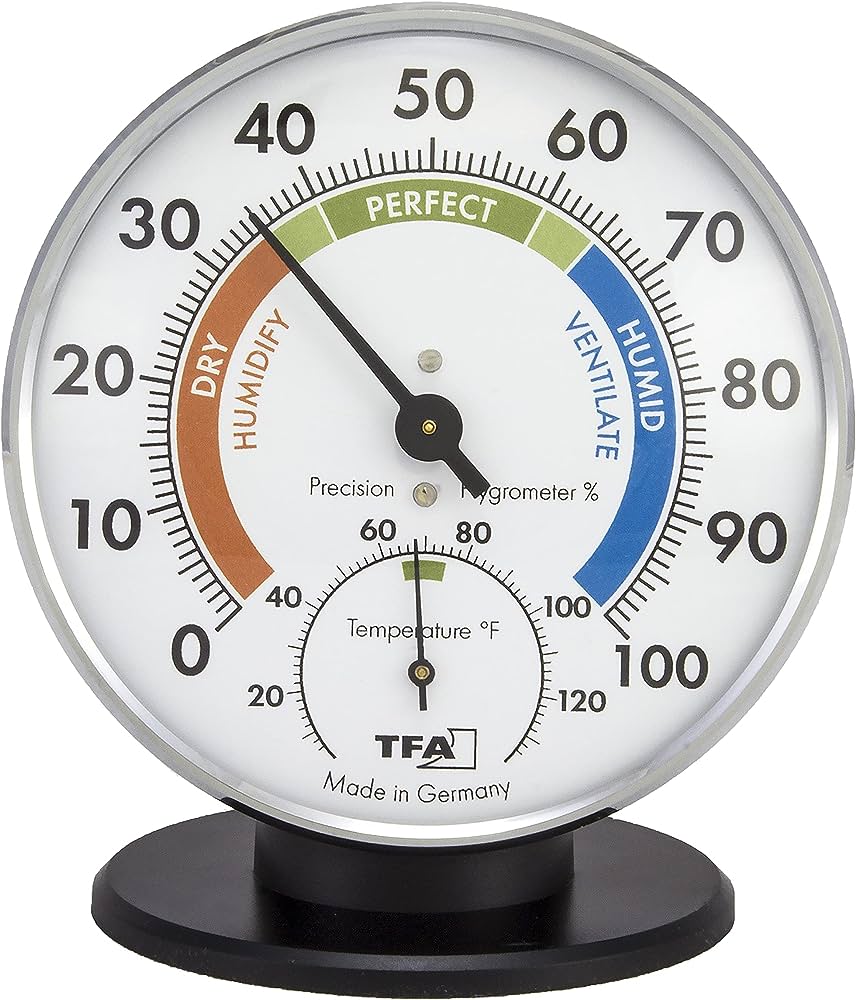Why is the relative humidity in my home important
Bottom line? Wood moves. It expands and contracts as the humidity changes in your home. Have you noticed that your wooden chairs get a little wobbly in the winter? Due to the dryer air, the wood contracts and the joints open up. You may notice that the seams in your wood floor get wider. Contrast that with those humid summer days. Wooden doors and windows may become hard to open as the wood swells. Floor installers will leave a gap around the edge of the room to allow for this expansion.
Maintaining a consistent relative humidity in your home eases these symptoms and increases the longevity of the wood in your home. Recommended levels are between 30% – 50%, with winter levels being toward the lower end and summer edging higher. A hygrometer will measure humidity. (NOTE: Are you a J. S. Brown & Co. client? If so, we’ll gift you one!)
Too much humidity? Add a dehumidifier, run the air conditioner, fix any water leaks, use fans to circulate the air and make sure that your dryer is properly vented.
Too little humidity? Add a humidifier (whole house options are available), air dry your clothes, open your dishwasher while drying and add plants.
Maintaining good levels of humidity will also benefit your own health. According to the Mayo Clinic, low humidity can lead to dry skin, sore throats and even nosebeleeds. But don’t go overboard – too much humidity may lead to the growth of mold and dust mites which can aggravate allergies. So make both you and your home more comfortable by maintaining good humidity levels.

